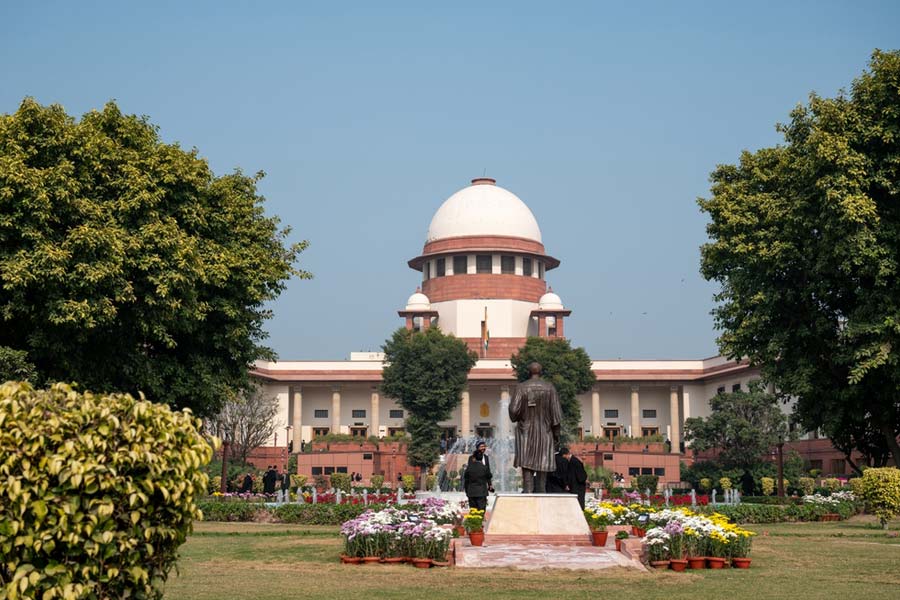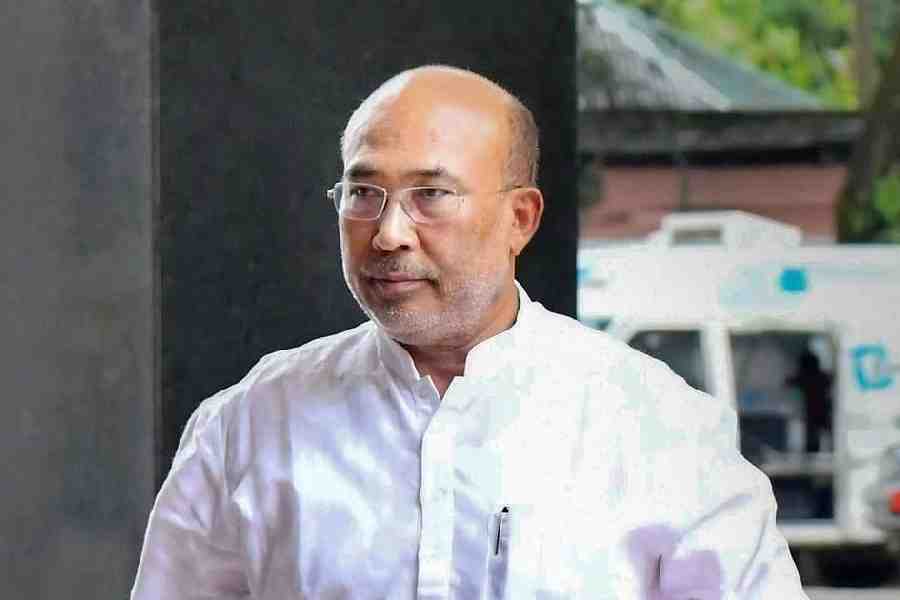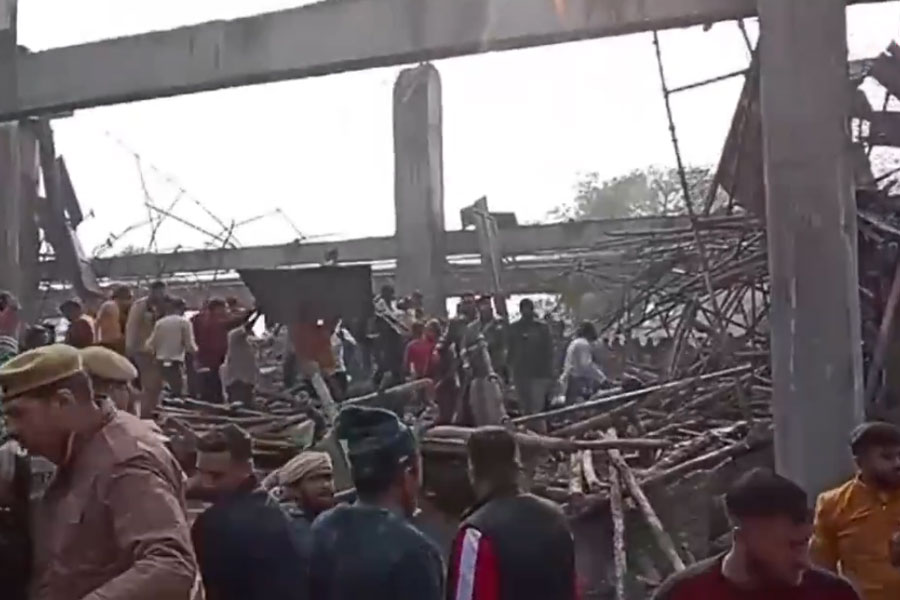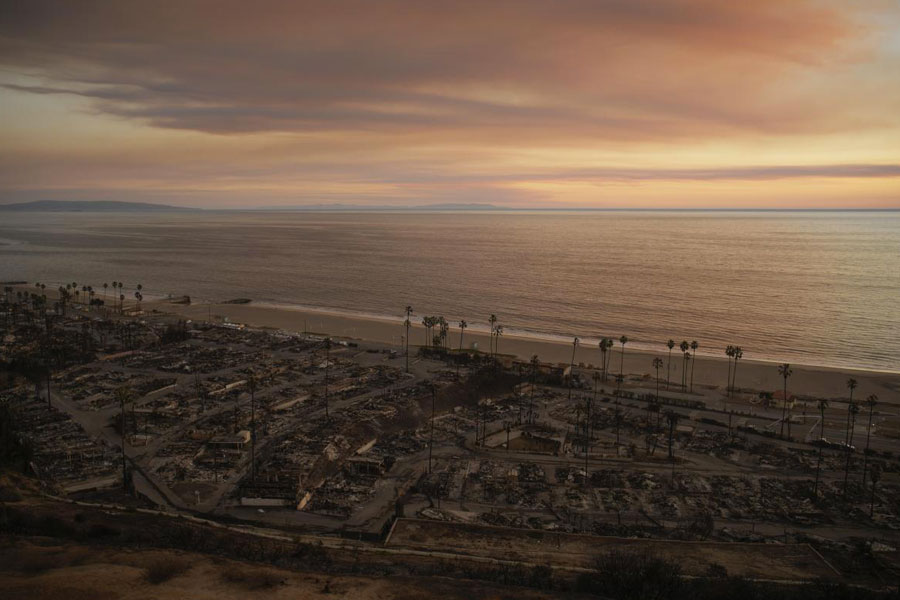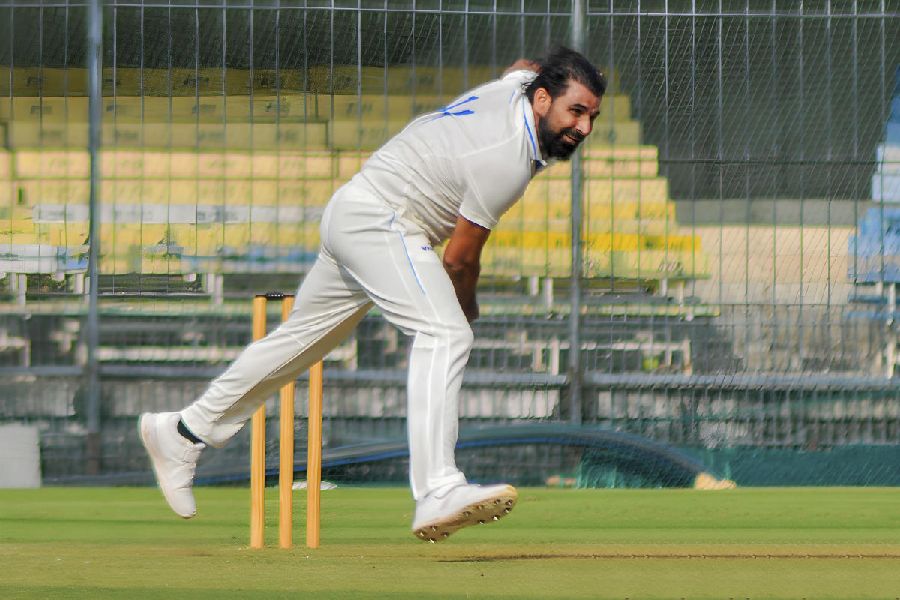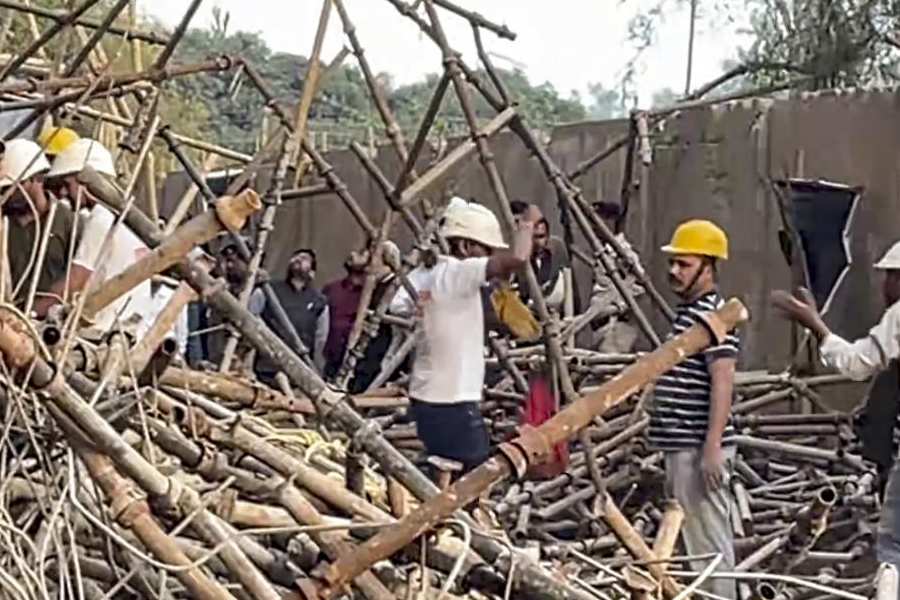When a Covid-19 patient dies, there is no family member at the bedside.
Visitors are not allowed near such a patient and family members are most likely to be in a quarantine facility far away.
Confusion prevails in such a situation and rumours thrive.
The Telegraph tried to find out the protocol after a patient infected with the coronavirus dies.
Hospital administrators and officials of the health department and the Calcutta Municipal Corporation said bodies of Covid-19 patients were not handed over to family members to ensure no one contracted the virus while handling them.
Administrators of hospitals said they were handing over bodies to officials of the health department and the civic body.
A CMC official said: “We have dedicated hearses to carry the bodies of Covid-19 patients. The drivers of the hearses wear PPE.”
If the body is handed to the family, a relative has to ensure that the hearse they hire is driven by someone wearing PPE.
“How will the family ensure that? To avoid these complications, it has been decided that the state government or the civic body will transport the bodies from hospitals to burning ghats or burial grounds,” the CMC official said.
The transportation and cremation/burial are done following the guidelines issued by the Centre and the state government.
The guidelines, however, mention that a body can be handed over to the family after taking all precautions.
“Handing over a body to the family would require the presence of someone from the CMC with the relatives to ensure that no one removes the covering and the protocol is not flouted at any point between the hospital and the crematorium or burning ghat. It is better that we complete the task,” an official said.
The guidelines mention that after a Covid-19 patient’s death, the body must be placed “in leak-proof plastic body bag. The exterior of the body bag can be decontaminated with 1% hypochlorite. The body bag can be wrapped with a mortuary sheet or sheet provided by the family members”.
“The body, secured in a body bag, exterior of which is decontaminated poses no additional risk to the staff transporting the dead body,” the guidelines say.
The CMC official said mishandling of the bag could lead to dangerous consequences.
The guidelines say families should be counselled and their sentiments respected during the entire process.
The bodies of Covid-19 patients are cremated at Dhapa or buried at a burial ground in Bagmari, the official said.
Large gatherings are not allowed during the cremation or burial. “Family members can later collect the ashes because they do not pose any risk,” the official said.
The guidelines state: “The main driver of transmission of COVID-19 is through droplets. There is unlikely to be an increased risk of COVID infection from a dead body to health workers or family members who follow standard precautions while handling body”.
A CMC official said family members often wanted to see the face of their loved ones one last time. Though the guidelines allow that, the personnel handling the body often do not want to put themselves at risk by opening and closing the zip.
“We explain to them very sensitively that our hands are tied. The families cooperate and they understand the importance of letting the body reach the crematorium/burial ground fast,” the civic official said.
Safety tips
⚫ No large gathering at crematorium/burial ground
⚫ No embalming of body
⚫ Health worker handling a body should practise hand hygiene and wear PPE
⚫ Those handling bodies should be trained in infection prevention control practices


